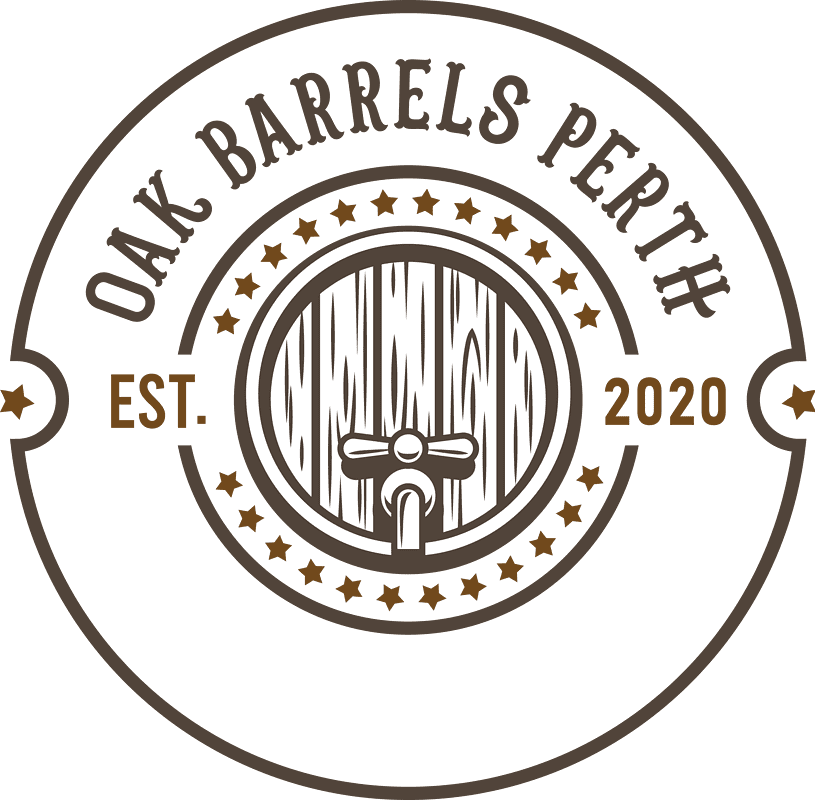The size of the barrel can have a significant impact on the aging process of a wine or spirit. Smaller barrels such as 1.5L or 10L barrels have a greater surface area to liquid ratio than larger barrels such as the common 225L barrels. This results in a faster infusion of the wood’s flavours and characteristics into the liquid. As a result, smaller barrels can age a wine or spirit in a shorter period of time, typically 6-12 months, while larger barrels may take up to 2-3 years.
It is also important to note that the size of the barrel affects the amount of oxygen that comes into contact with the liquid, as well as the temperature of the liquid. Smaller barrels have a larger ratio of surface area to liquid volume, which means that there is a greater presence of oxygen in the barrel. This can accelerate the aging process by promoting chemical reactions in the wine or spirit. In addition, the temperature inside a smaller barrel can fluctuate more frequently due to its smaller size.
On the other hand, larger barrels have a smaller ratio of surface area to liquid volume, which means that there is less oxygen present in the barrel. This can slow down the aging process and result in a more gradual infusion of the flavours of the wood. Additionally, the temperature inside a larger barrel can be more stable.
